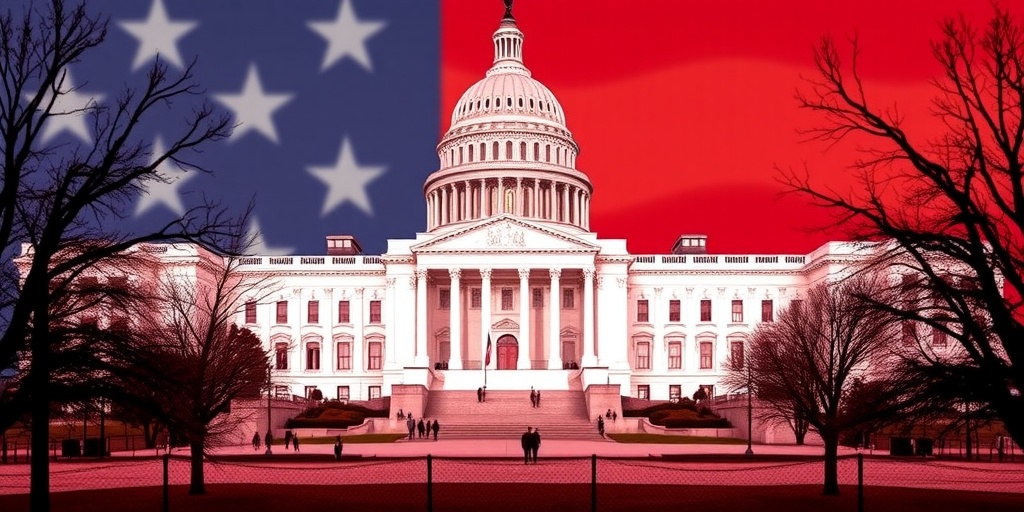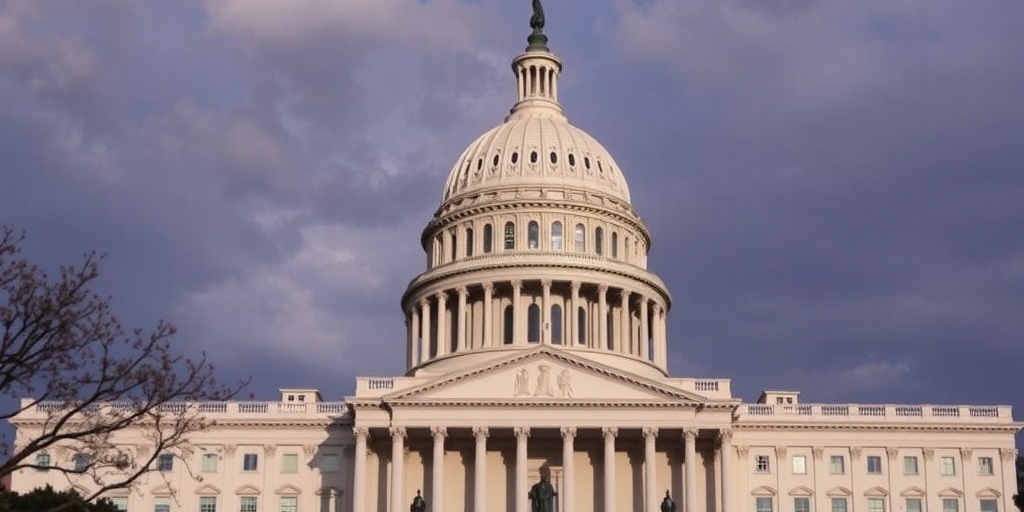Now Reading: Trump Administration Seeks to Accelerate Fossil Fuel Projects
-
01
Trump Administration Seeks to Accelerate Fossil Fuel Projects
Trump Administration Seeks to Accelerate Fossil Fuel Projects

U.S. Army Corps of Engineers Implements New Emergency Permitting Process for Fossil Fuel Projects
The U.S. Army Corps of Engineers has recently introduced a new category of “emergency” permits aimed at fossil fuel projects, which raises concerns about the potential for expedited approvals of pipelines, mines, and power plants. This move aligns with former President Donald Trump’s push to enhance oil, gas, and coal production across the nation.
The introduction of this expedited permitting process could limit public input and local governmental oversight regarding the potential impacts of these proposed projects. Critics suggest that it may also circumvent the National Environmental Policy Act (NEPA), a crucial law established over 50 years ago that mandates federal agencies to assess the environmental repercussions of significant projects before they are approved. Traditionally, this review process can take several months or even years, contingent on the complexity of the project in question.
David Bookbinder, the director of law and policy at the Environmental Integrity Project, has voiced his concern, stating, “The Trump administration appears to be gearing up to use false claims of an ‘energy emergency’ to fast-track and rubber-stamp federal approvals for projects that will be harmful to America’s wetlands, waterways, and communities.”
Permits from the Army Corps of Engineers are typically a prerequisite for any individual, business, or governmental entity wishing to develop projects in the navigable waters of the United States or release substances into these waters or surrounding wetlands.
Historically, the Army Corps has issued emergency permits to hasten repairs of roads, shipping channels, and infrastructure in the wake of disasters, where human lives and property were at immediate risk. However, recent actions by the agency have expanded eligibility for expedited permitting to various fossil fuel projects. These actions reference an executive order issued by Trump, which declared a national energy emergency and instructed the Army Corps to compile a list of vital projects while utilizing emergency permitting provisions to bolster the nation’s energy supply.
The United States currently leads the world in oil production and stands as the foremost exporter of natural gas. Despite these achievements, Trump campaigned on a promise to simplify and reduce costs for companies in the fossil fuel sector. He pledged to accelerate the permitting process for investments exceeding $1 billion in energy projects and to minimize bureaucratic hurdles that have historically impeded major construction initiatives.
Among the fossil fuel projects receiving priority from the Army Corps are those tied to contentious oil and gas facilities. For example, the Line 5 pipeline, which traverses 645 miles between Wisconsin and Michigan, includes plans for a tunnel boring project beneath the Straits of Mackinac, a vital waterway between Lake Michigan and Lake Huron. Another significant project is a gas liquefaction and export facility in Louisiana, undertaken by Venture Capital L.L.C., next to what may become the largest gas export terminal in the U.S. Additionally, a deepwater crude oil export terminal is being proposed off the Gulf coasts of Texas and Louisiana, which, along with several solar energy initiatives and new transmission lines, are also encompassed in this expedited process.
However, the Army Corps has not clarified the criteria for selecting these projects or detailed how the new emergency permitting category will facilitate expedited progress. Doug Garman, a spokesperson for the Army Corps, asserted that the Department of Defense is committed to executing the directives enclosed in the executive orders issued by the president with the highest level of professionalism and in alignment with national security.
Legal experts familiar with the permitting process have indicated that the Army Corps could significantly curtail public comment periods or reduce the time available for engineers to assess the environmental threats posed by these projects. Bookbinder pointed out that the Corps defines an “emergency” as a scenario that could lead to unacceptable hazards to life, significant property loss, or unforeseen, substantial economic hardship.
While some argue that this acceleration of the permitting process is detrimental and possibly illegal under the Corps’ own regulations, others hold a different perspective. Ann D. Navaro, an attorney at Bracewell, which advises energy clients, believes the Corps has the authority to delineate what falls under its emergency permitting regulations and can strive to make the process more efficient.
Despite the fact that being tagged for emergency permit consideration does not guarantee approval, the Army Corps has a history of approving nearly 99% of permit requests nationwide. For instance, the Line 5 pipeline – a 72-year-old conduit transporting up to 540,000 barrels of crude oil and natural gas liquids daily across ecologically sensitive regions – remains vulnerable to scrutiny due to concerns regarding leaks and environmental safety.
As plans move forward, projects like Line 5 face opposition from environmentalists who are cautious about the ramifications of running a hazardous liquids pipeline through a newly proposed underground tunnel, underscoring the potential for catastrophic consequences should an incident occur during construction.
In Louisiana, environmental advocates are expressing alarm over the Blue Marlin deepwater oil and gas terminal project, warning that it could devastate wetlands at a time when Louisiana is facing alarming rates of ecological loss.
As the Army Corps advances its permitting process under the guise of emergency, numerous projects deemed essential due to this energy emergency have raised questions regarding their actual necessity. For instance, a proposed housing development in California and the Rock & Roll Hall of Fame’s geothermal system expansion in Ohio have been flagged, stirring confusion over the criteria for emergency designation.
The trajectory and implications of these accelerated permitting processes remain uncertain as environmentalists and project proponents continue to navigate this complex landscape.
Stay Informed With the Latest & Most Important News
Previous Post
Next Post
-
 01New technology breakthrough has everyone talking right now
01New technology breakthrough has everyone talking right now -
 02Unbelievable life hack everyone needs to try today
02Unbelievable life hack everyone needs to try today -
 03Fascinating discovery found buried deep beneath the ocean
03Fascinating discovery found buried deep beneath the ocean -
 04Man invents genius device that solves everyday problems
04Man invents genius device that solves everyday problems -
 05Shocking discovery that changes what we know forever
05Shocking discovery that changes what we know forever -
 06Internet goes wild over celebrity’s unexpected fashion choice
06Internet goes wild over celebrity’s unexpected fashion choice -
 07Rare animal sighting stuns scientists and wildlife lovers
07Rare animal sighting stuns scientists and wildlife lovers





















